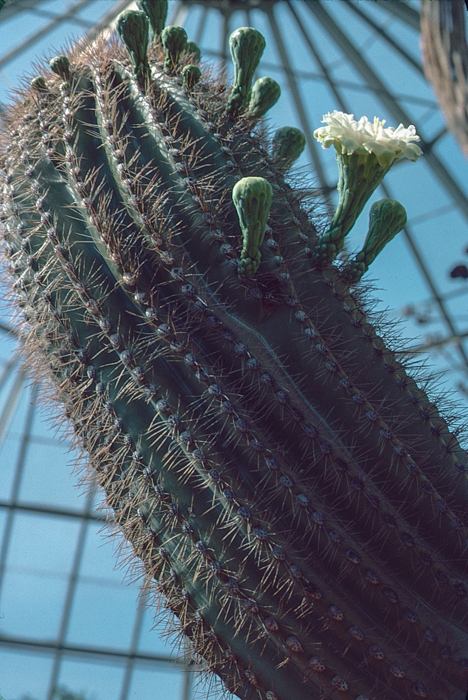By Leanna Feder
Apr 20 2020
Although sometimes overlooked, bats are vital pollinators for many economically important species of plants including banana, durian, and agave. Bats are also important pollinators for the iconic Saguaro cactus of the Sonoran dessert. In fact, bats pollinate over 500 plant species!
Chiropterophily is most common in tropical and desert climates; and plants that are pollinated by bats generally share a few characteristics. Their flowers are often open at night with large (1" to 3.5") fragrant blooms, and are often pale or white in color. Bat pollinated flowers can frequently be found on branches or tree trunks, or on long stalks.
Compared to other types of pollinators, bats are long distance dispersers and excellent promoters of outcrossing in plant populations. Take a look at some specimens of bat pollinated plants and see if you can identify one or more characteristics that indicate adaptations for chiropterophily.






